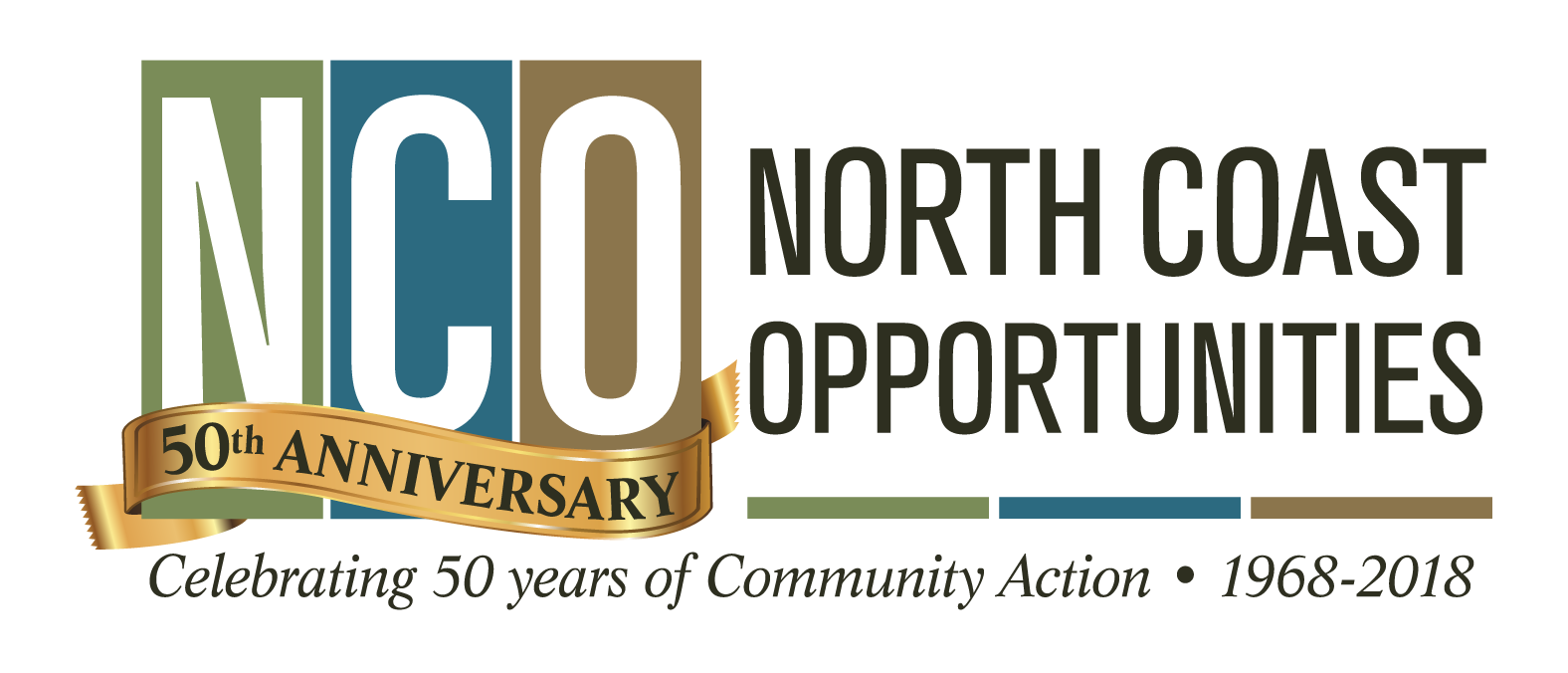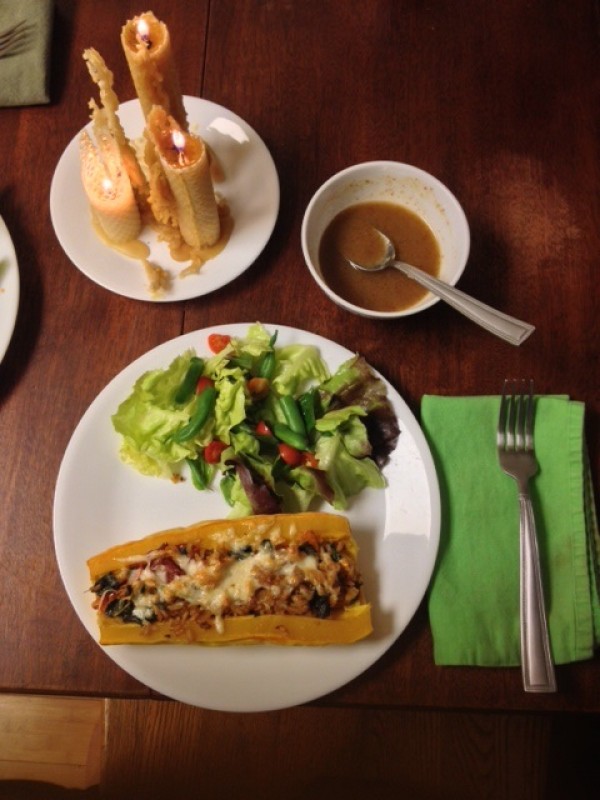Thursday: Dare to be generous
Thursday, October 23, 2014
My grandma lived through the depression and, like many from her generation, loves a bargain and is loath to throw anything out. After reading my first journal, she sent me this message: “The chicken, bread, and milk seem very expensive. Do you not have a super market?” When I explained that I was trying to eat locally and support my neighbors, she wrote back: “Your endeavor is admirable; however, people on food stamps can't afford to eat organic, local food.” She added, “I am all for supporting local businesses. Grampa always adhered to the practice of doing business where he could call them by name and be called by name.” I love that. My grandparents had four kids and owned a business; ultimately it was successful but they were poor for years, and yet they still prioritized doing business with their neighbors. I think she disproved her own point that poor people can’t afford to shop locally and in line with their values.
Unfortunately, high quality food is not a value or a reality for many in the U.S. these days. Americans spend less on food than any other country in the world: a meager 6.6% of our incomes, according to the U.S. Agriculture Department. In France – an affluent country famous for its passion to eat – the average is 14%. In countries where the average income is comparatively low, that number soars to as much as 45% (including Kenya and Pakistan).
In any household living at the poverty level, odds are that food expenditures are closer to Kenyan levels than American. And when nearly half of your money is going toward food, how do you pay for rent, and utilities, and transportation? When someone has to make the decision between paying the gas bill or eating that day, it’s hard to imagine he or she is doing much more than surviving.
The Farmers Market Food Stamp Match program can be a lifesaver for people trying to make the switch from surviving to thriving. Imagine if you had an extra $10 or $15 per week to add to your paltry $5-a-day budget. It certainly saved us this week!
I don’t closely track our food budget, but when you take into consideration the not-infrequent bottles of wine and occasional meals out, we’re probably between 15-20% – less in the winter when we eat from our freezer, more in the spring and summer when we buy meat and preserve fruits and vegetables. I spend more time in the kitchen than the average American, but I have the time and desire to do so – a rare combination, I think.
It is somewhat heartening that I didn’t find myself spending more time cooking this week than any other week. I made fairly typical meals for us; some are quick, some take more time. Other than the time I put in at the beginning of the week to meal plan and shop intentionally, plus resisting the urge to eat and drink from our off-limits pantry and wine stash, this week really wasn’t so different for us.
Here’s what we ate on our fourth day of the challenge.
Breakfast: Coffee and apples
Conspicuously absent: motivation and Carson
Carson was out the door to go fishing before I even woke up; I had no idea what he ate for breakfast (I later learned he stuck to the challenge on his own and had an apple). I couldn’t bring myself to make oatmeal, so I also ate an apple (sadly mushy) and drank free work coffee. This is something I do probably once a week, except I’d get the coffee from Black Oak (and possibly a day-old pastry).
When I walked into the staff kitchen, I was met by pumpkin-themed grocery store cupcakes. “I could eat one of those for breakfast,” I thought to myself; I love the combination of sweets and coffee. I fast-forwarded 30 minutes to how I’d feel with all that sugar sitting in my gut, and I surprised myself by walking away from them – I’m not usually a bastion of food discipline, so I was happy that I decided not to eat something just because it was free.
Lunch: Chicken soup and tortillas
My biggest priority at lunch was getting Carson to make more tortillas; I’d been thinking about them all day. So while I heated up the rest of the chicken and rice soup, he made a fresh batch. Once the soup was gone we were both still a little hungry, so I heated up some leftover beans and rice (we had tons!) and we polished that off with the rest of the warm tortillas.
One of my favorite things about the challenge has been going home to eat lunch. Carson serendipitously took this week off, and it’s been nice to spend so much time together after a summer of long absences. (You may recall he’s a wildland firefighter – good luck making summer plans with one of those!)
Dinner: Stuffed squash and salad
Conspicuously present: guests AND leftovers
For dinner I cut open three Delicata squash and roasted them face down in some water. While they cooked I prepared the filling in a frying pan: leftover rice, some ham hock I had set aside, the rest of the kale, diced tomato, fresh basil, garlic, salt and pepper. Once the squash was done I flipped them over, stuffed them, and stuck them under the broiler.
I also made a salad with the rest of our lettuce, fresh basil, cherry tomatoes from our garden, a few garden green beans that I blanched, and honey mustard dressing.
It’s in my nature to feed people, so the instant I saw that we would have more than enough food I invited two friends over to share with us. This also let me add – for the second night in a row – CHEESE to the meal! I grated some more of the pepper jack and topped the squash with it before broiling.
Even with four people eating, we still had a stuffed squash left over. This reminded me of the “feeding the multitude” miracle. A modern take on that story isn’t that Jesus magically multiplied bread and fish, but that by sharing what little he had, others followed his example and shared what little they had. To me, generosity isn’t about giving a lot; it’s about giving more than might be comfortable (“give until it hurts,” as Mother Theresa famously said), and being pleasantly surprised that you still have enough.
Next: Friday: Food Day reflections »
« Previous: Wednesday: Let’s taco ‘bout lard and cheating

